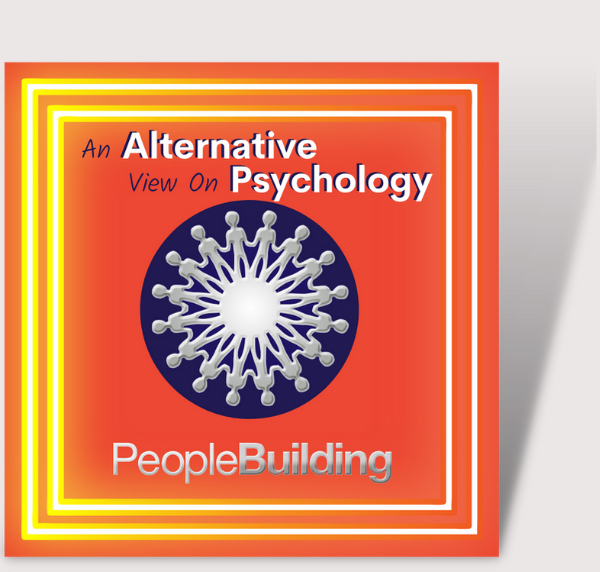We are what we repeatedly do. Excellence therefore is not an Act but it is a Habit. Nobody is a born natural speaker. Speaking is a habit in which we excel as we grow up.
Fear of public speaking is actually an irrational fear. It combines many other factors such as fear of open spaces or of mob, fear of losing, fear of criticism, fear of confined spaces and fear of social assessment. In order to understand how NLP can be effectively used to overcome fear of public speaking, we need to understand some of the basic elements of communication.
Professor Albert Mehrabian concluded that human beings communicate through three primary mediums. Each of these mediums is actually channel through which messages are communicated to an audience. Different channels have a relatively stable level of impact on the audience. Each message is perceived in a different way by the listeners.
The three channels are:
1) The actual words we use,
2) The voice modulation we use in saying those words, and
3) The body language while speaking the words.
But the fact is that, the words we use have the least impact in terms of audiences’ perception. This is quite interesting and apparently a little contradictory to common sense. Now to make it simpler to understand, let us rank the full communication process into 3 distinct grades. First the words you use constitute 7%, while voice qualities such as rate of speech, pitch etc. constitute 38%. Now what remains is your body language, your facial expression, your gestures, posture form the major chunk of 55%! So the crux of the story is “It’s not what you say, it’s how you say it”!
So whatever you want to communicate to your audience must be a perfect blend of content, your voice modulation and your body language. When these three combine the audience will automatically be glued to your speech with full attention and enthusiasm. You just have to be confident, speak with power and certainty. This is exactly the platform where NLP can help you immensely to overcome the fear.
There are certain tools used in NLP to overcome this fear of public speaking. The most consistent one is to build on successful (‘references’).This can be done by bolstering the concept of an “Anchor”. ‘Anchors’ are unique parts of an experience that tend to generate the totality of an original experience.
Anchors will help by putting you in a very powerful, relaxed and confident state of mind and then physically portraying that you are in the same state that is before an audience. This is repeated many times in the form of a gesture or some unique sound.
At this point, another NLP technique called ‘reframing’ may be further used to enhance the individual’s beliefs, thoughts, and feelings about speaking publicly. Now the individual is transformed from a state of deathly fear to a positive enthusiasm of speaking before a large audience. Thus NLP’s charisma lies in transforming a person’s deepest fears into one of his greatest strengths!
By Gemma Bailey
www.hypnotherapyandnlp.co.uk



As a subscriber to your podcasts etc. I have recently been practicing the methods of Anchoring and Reframing as you have suggested in this article, specifically for improving my job interview techniques.
I have found that listening to your more in depth podcasts on these topics, has with a little practice, enabled me to develop my techniques in a way, that I feel and appear to be more confident in interview situations. I have also found that I am now more able to ‘pace’ my presentations in a much more controlled way, which buy’s me precious ‘thinking’ time.
Gemma, thank you so much for the incredible volume of ‘free’ information, which you share with your subscriber. I have personally found your work to be invaluable in my professional development.
You are an inspiration, and I wish every success in ‘your’ pursuit for excellence in your work.
Kind thanks
Joolze
Joolze it is a pleasure to be of service as always 🙂